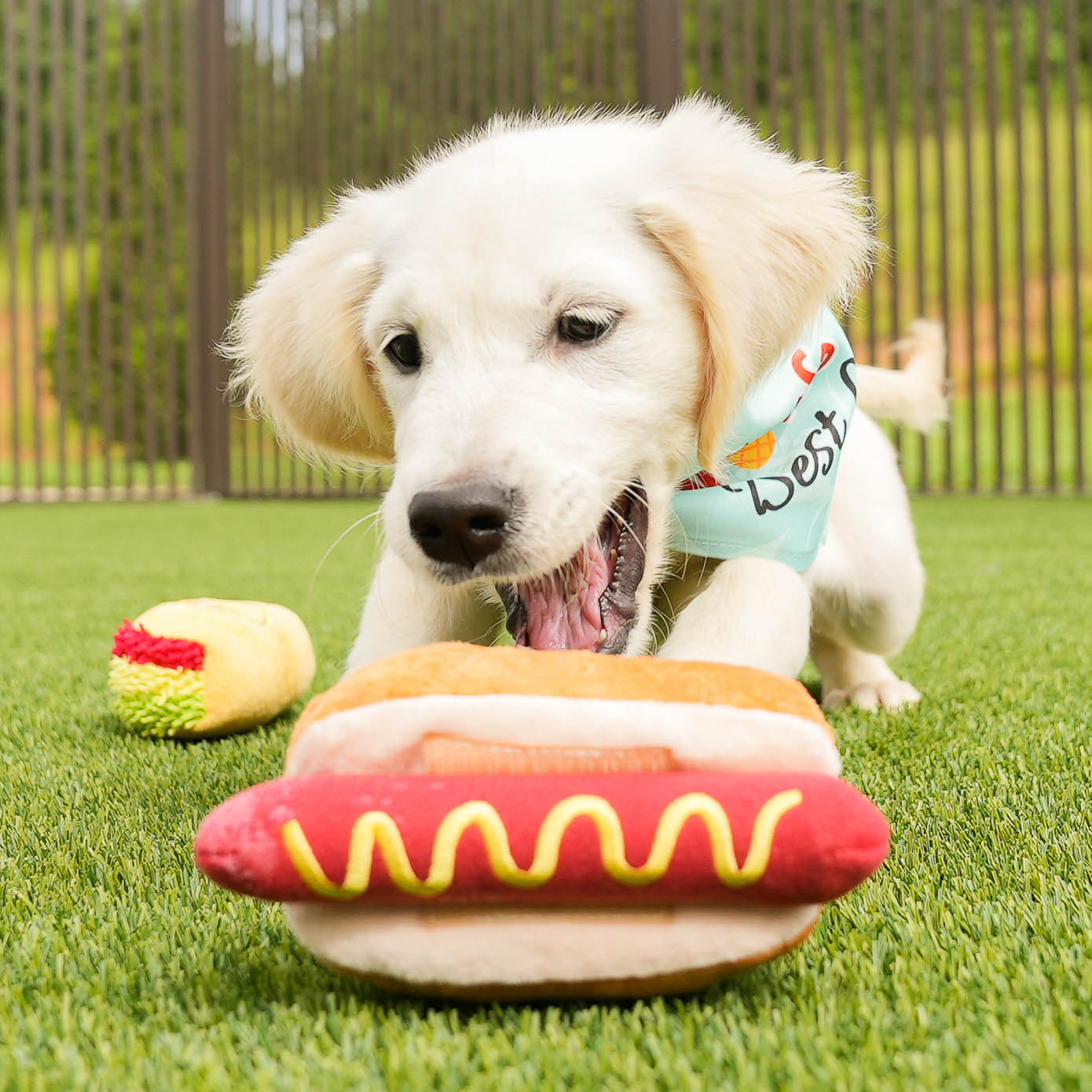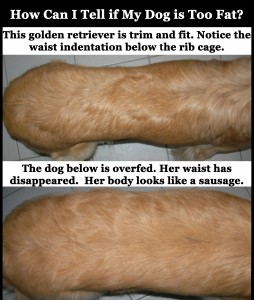How much food should I feed my puppy?
On the back of almost all dog food bags is a recommended daily serving for a dog. The question we get many times is “How accurate is the recommended daily serving size?” “Is it the same for puppies as for adults?” In this blog, we will answer these common questions.
The Dangers of an Obese Golden Retriever
Obesity is rampant in Golden Retrievers, especially English Cream Golden Retrievers. Most Golden Retrievers I have come in contact with are obese. Obesity causes many problems in Golden Retrievers and is one of the main reasons Goldens get hip dysplasia, elbow dysplasia, heart problems, and even several types of cancer. Many people believe dysplasia is genetic. Genetics are very important, and Recherche Goldens only breeds Golden Retrievers that are in the top 20% of hip scores.
Our Golden Retrievers do not have dysplasia, but they have very tight hips. This is accomplished by purchasing English Golden Retrievers with generations of healthy parents. But genetics only account for roughly half the reason dogs get elbow or hip dysplasia. The other major causes are diet and exercise. If you run 10 miles a day with your Golden Retriever, especially while young, then your Golden Retriever’s chance of getting dysplasia goes up dramatically. If your dog is obese and carrying around 20% more weight than necessary, they have a higher risk of dysplasia. Recherche Goldens voids their warranty for obese Golden Retrievers.
Never Trust Your Golden Retriever!

Do not determine the dog’s food amount based on their hunger. Golden Retrievers LOVE food. Most Golden Retrievers will eat and eat and eat if allowed to and will become morbidly obese if permitted.
Please remember this: If your dog is obese, it is your fault unless there’s a major health issue. You alone are responsible for teaching proper behaviors and habits in your puppy. You have the ability to limit your dog’s intake, and you should take advantage of that opportunity daily.
Goldens will almost always overeat if given the opportunity, so do not feed your Golden Retriever based on their appetite. We have even had Golden Retrievers that eat so fast they vomit EVERY meal…and eat it again. For those dogs, we implement a couple of strategies. First, soak their food with water moments before feeding them. You don’t want the food to sit in water for long because the dry kibble is actually good for cleaning their teeth. This little technique of filling their bowl up with water forces them to slow down while eating. The second technique we use is feeding our dogs from a slow feed bowl. There are many new ones coming out every year, so you can get creative.
Every Golden Retriever Has a Different Metabolism
One of the dangers of giving a standardized amount of food to your dog is that we stop continually monitoring our dogs’ weight. We have some Golden Retrievers that eat only 1 1/2 cups of food per day total, and we have others that eat 5-6 cups of food per day. Like humans, the older a dog gets, the slower their metabolism normally is. Their metabolism is also influenced by their activity level. Obviously, the more active your Golden Retriever is, the faster their metabolism is, and the more they can eat. Our average adult and puppy Golden Retriever gets 2 1/2 – 3 cups of TLC Whole Life Puppy Food to eat per day. But that’s average. Some will need more, and some will need less. We recommend feeding your puppy twice a day. We feed them after training them at around 9 am and a second time at around 3-4 pm. The same schedule can be kept when they become adults. You could feed them once a day, but Golden Retrievers prefer twice a day! As your pup gets older, you can move the second feeding to later and even feed your adult after 5 pm.
Know How to Tell if a Golden Retriever is at a Healthy SIZE
The greatest lesson we can teach you is to learn what a healthy size looks and feels like for your Golden Retriever. Notice that I don’t say “Weight.” “Weight” is deceiving. It can change. As a puppy grows, it changes all the time. You must be able to feel a dog’s side to determine if your dog is at a healthy size or not. You have to look through their coat and feel the actual fat that they have. Your dog could look great to you, but after further investigation, could be too thin or too fat.
Here’s the key: Feel the skin located on the rib cage/side of your Golden Retriever. How thick is that skin/fat? Your goal is for that skin to be as thick as a sweater. If it feels like a t-shirt, then your Golden Retriever is too skinny. If it feels like 2 sweaters, then your Golden Retriever is too fat. You do not want your Golden overweight because, as mentioned before, it leads to many problems like dysplasia, heart issues, and even cancer. It also voids our warranty if a Golden Retriever is found to be overweight.
Review the picture to the right. Most people would say the Golden in the top photo is too skinny, but the truth is that the top Golden Retriever is at a healthy weight.
The Choice is Yours
Remember: If your Golden is overweight, it’s your fault. Giving your dog table scraps, guessing food amounts, and providing excessive treats all cause obesity. You must make everyone in the family commit to keeping your dog healthy, trim, and fit. Always measure how much food they are getting. You should know how many cups of food your dog eats daily. If you don’t, it’s because you are not being careful enough with how much food your dog is consuming.
Telling your dog “no” is another way of saying “I love you.” Do you want your Golden to still be around past 10 years of age? Do you want your Golden Retriever to not get dysplasia? Then you must control their weight!


